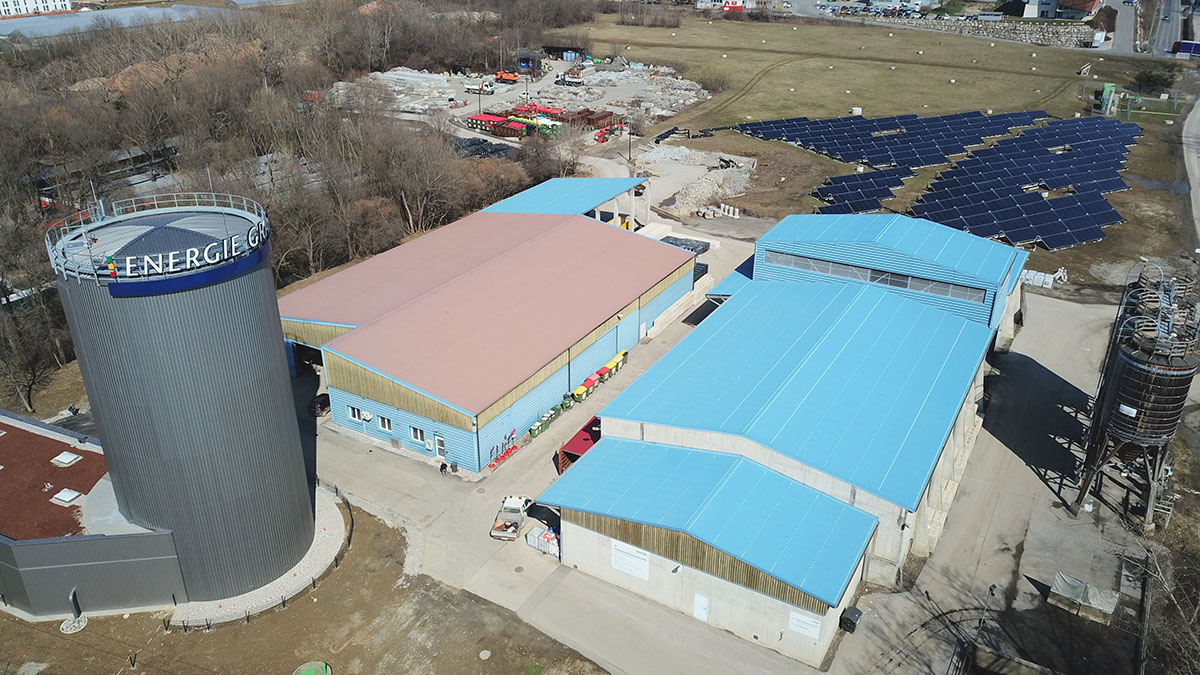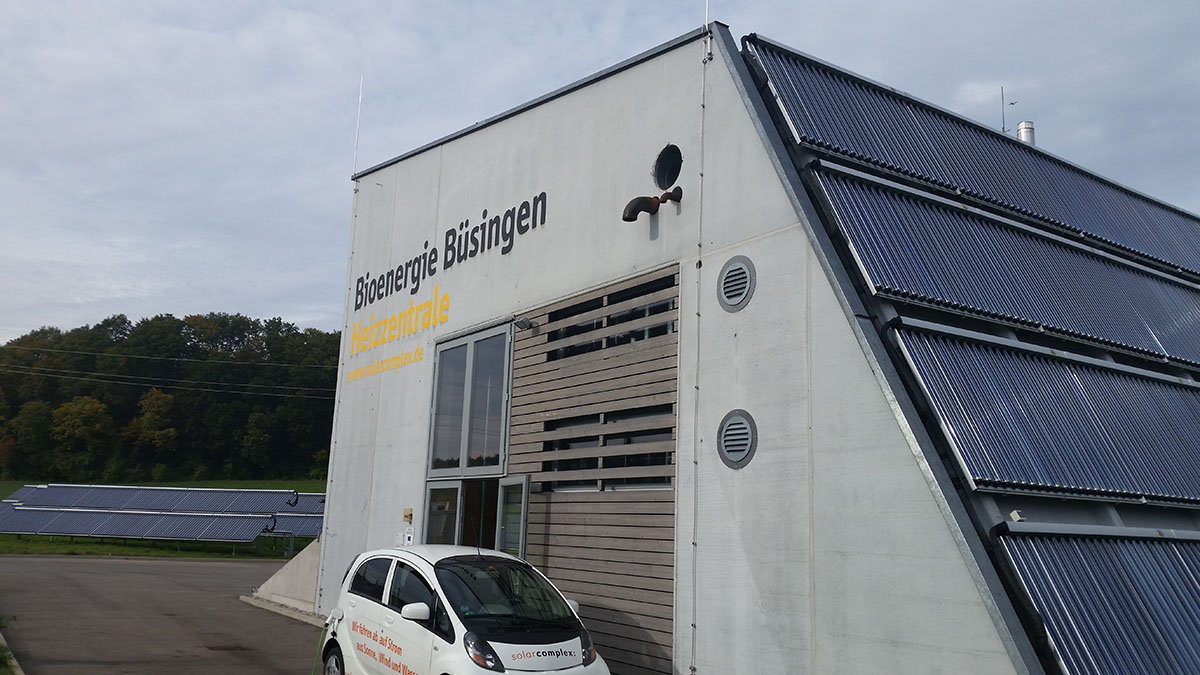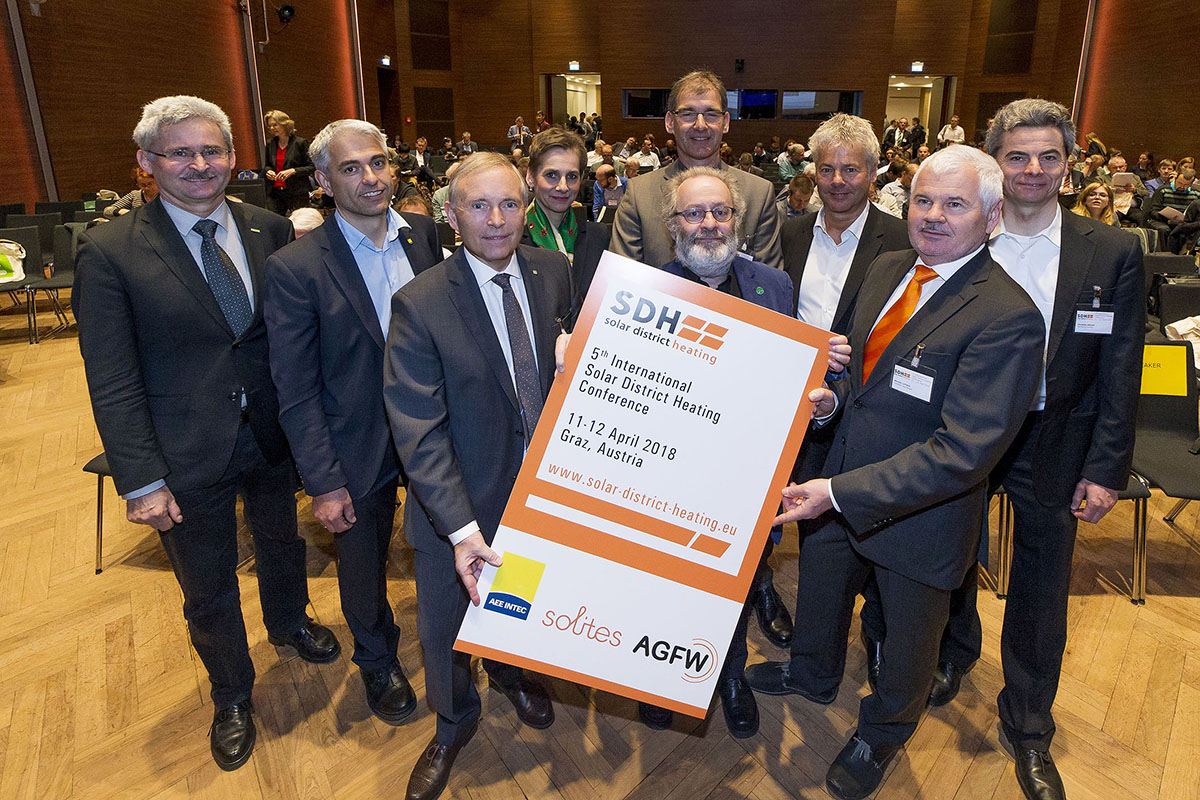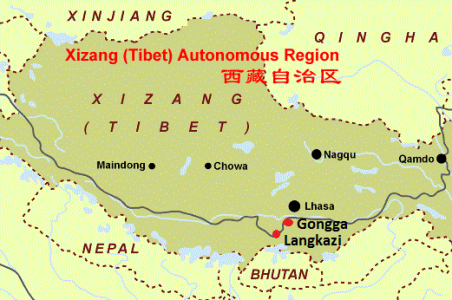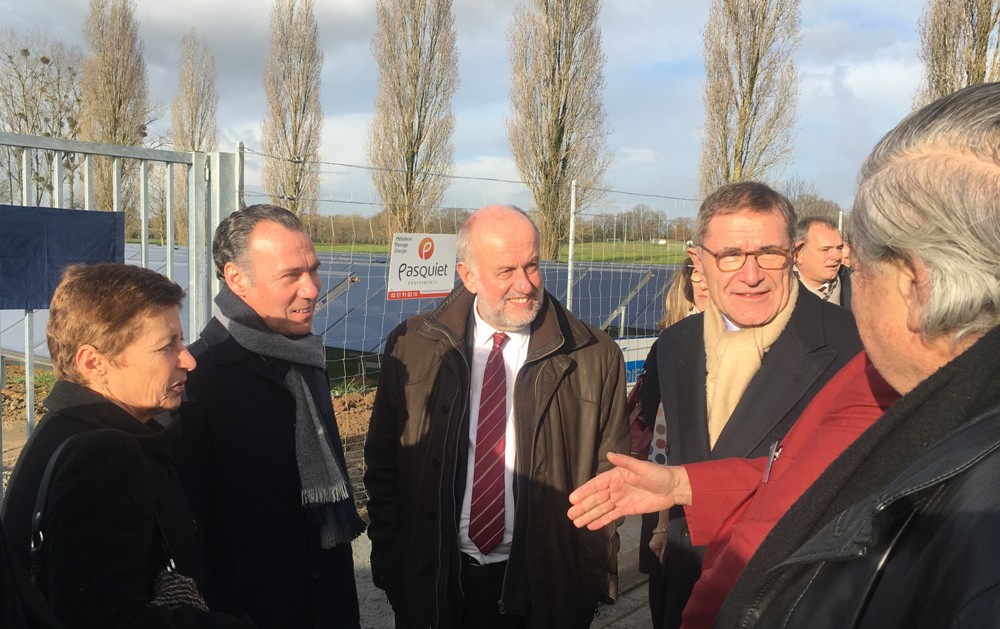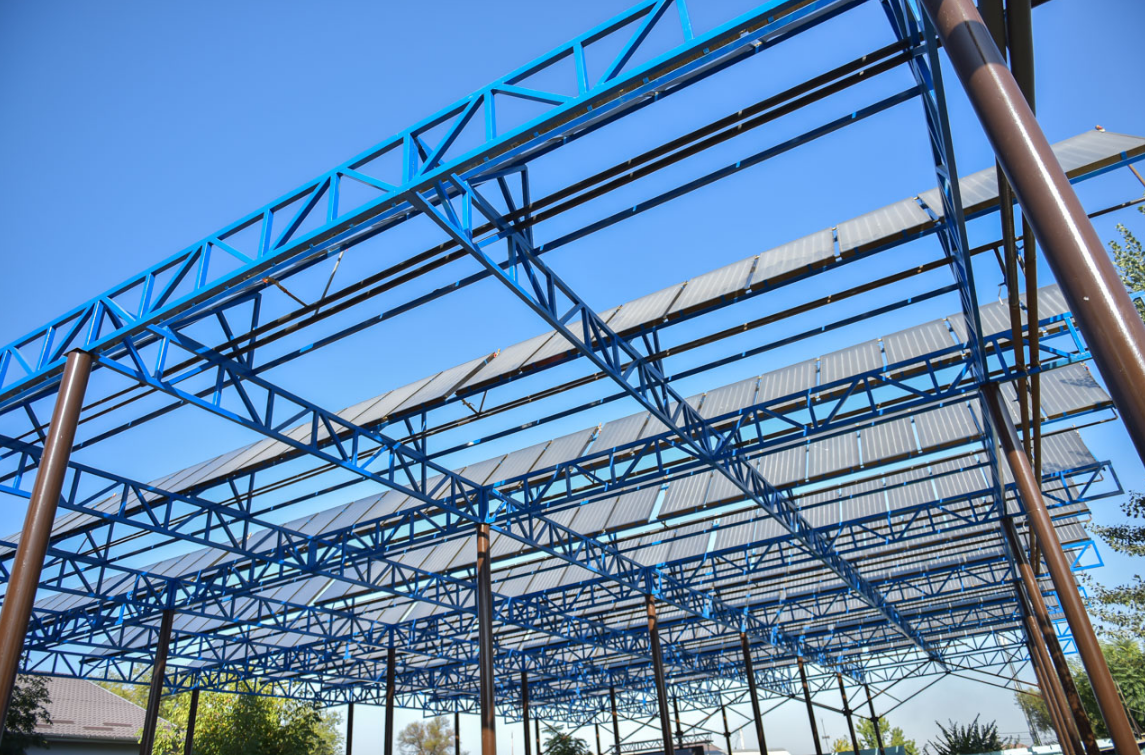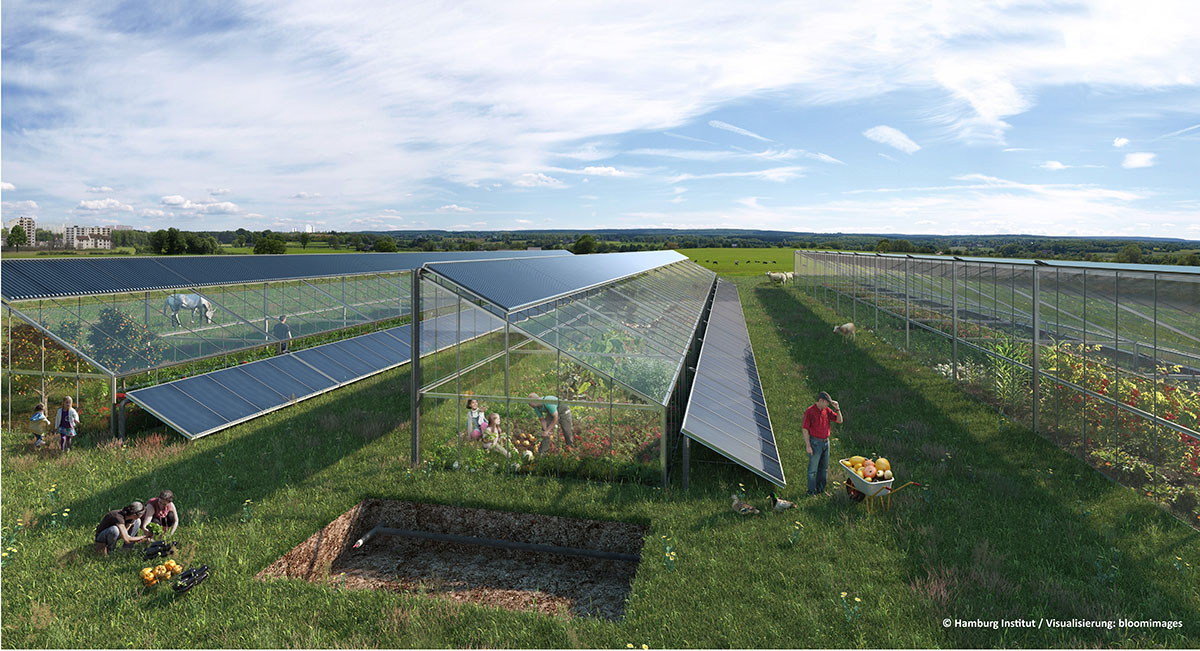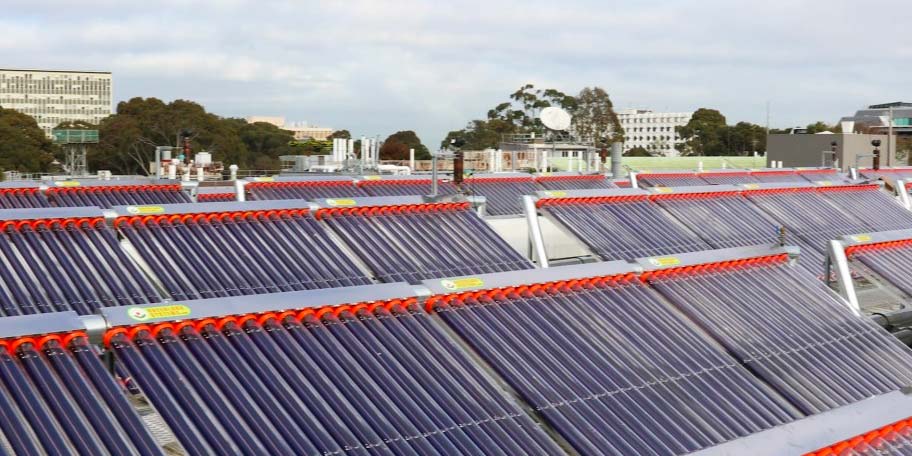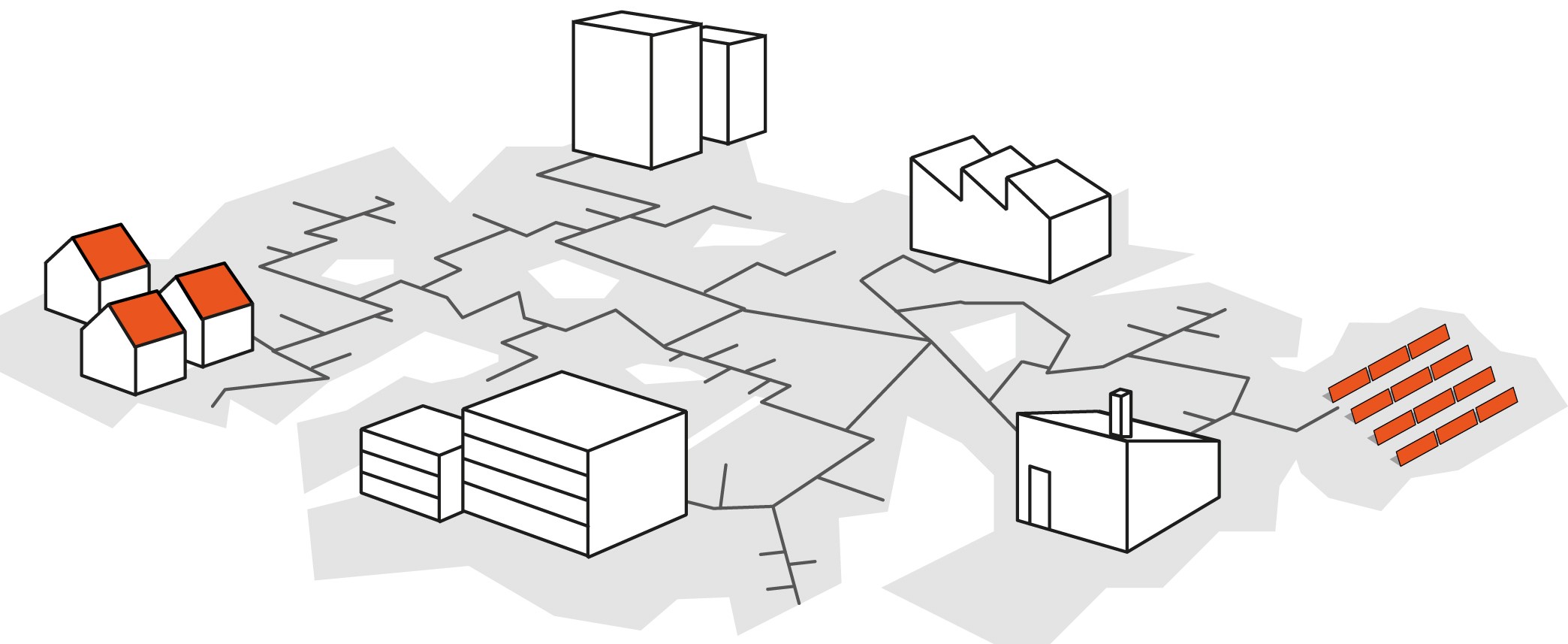Decarbonising district heating with solar thermal energy
While Denmark is the pioneer country in terms of solar district heating, Graz has become a pioneer city for solar thermal energy in district heating. The project ‘BIG SOLAR Graz’ achieved a major milestone: the land for the construction of a large-scale solar thermal storage with a technical building as well as a relevant part of a future 450 000 m² solar collector field have been secured. Graz is also home to the largest solar thermal plant in central Europe (5,4 MWth) which has been operating for a while now as well as to new flagship projects such as, for example, the ‘HELIOS project’; a large-scale thermal storage built on a former domestic refuse landfill and fed by three different heat sources: a solar thermal plant, a power-to-heat module and a CHP plant powered by landfill gas. This is the reason why the second biggest city in Austria was chosen as the venue for the 5th International Solar District Heating Conference. 350 scientists as well as industry, community and utility representatives and decision makers from 33 countries met here on April 11th and 12th. The number of participants doubled compared to the conference two years ago which is a clear sign for the high interest in this technology and its implications for the decarbonisation of district heating. The conference leaders Christian Fink from AEE – Institute for Sustainable Technologies and Thomas Pauschinger from the Steinbeis Research Institute Solites in Stuttgart both see this as a very positive sign for the application of the solar thermal technology in district heating.In the European Union there are close to 300 systems over 350 kWth in size, feeding into district heating. The total capacity installed amounts to 1 100 MW. At the conference Werner Lutsch, president of the European district heating association Euroheat&Power and director of the German district heating association AGFW called the combination of solar thermal and district heating a ‘very good solution’ for reducing CO2 emissions as well as for reaching the EU goal which calls for an 80% reduction in CO2 emissions by 2020 compared to 1990 (Heating & Cooling strategy). Regarding its advantages, he pointed out that ‘solar thermal energy is CO2-free, solar energy is available everywhere and the heat generation costs are predictable for the coming 25 years. Furthermore the technology is fully developed and mature’.
However, he also admits that there are challenges to overcome when implementing such projects. The biggest hurdle stems from the space required for renewable energy such as solar thermal. In order to keep costs to a minimum, they need to be installed close to the heat consumers. Yet, land in or close to urban areas is usually limited and expensive. Lutsch added ‘Furthermore it is still a niche technology and the knowledge about it is not yet wide spread’. In addition, there is cost competition with other heat generation technologies, for example with cheap natural gas. Nevertheless, nowadays solar thermal plants can achieve a solar fraction of up to 50% in district heating. The generation costs are around 30 to 50 €/MWh. For this year market researchers predict that solar thermal plants in Europe will already contribute one terawatt hour (= 1 billion kWh) to the district heating supply.
Best practice examples
The conference participants took part in excursions where they were able to have a close look at how projects can be implemented successfully. One of the destinations was the above mentioned HELIOS plant, a project by Energie Graz. During the first construction phase last year, 2 000 m² of flat plate collectors with a 2 500 m³ heat storage were installed on a domestic refuse landfill in the city area of Graz. Heat is also generated by a power-to-heat module with a capacity of 90 kW as well as a 170 kWth CHP plant powered by landfill gas. The feed-in capacity to the district heating amounts to up to 10 MW. An intelligent storage management system ensures that peak loads in the heating network are diverted, so that heat from renewable sources is prioritized. The system has been in trial operation since November. Energie Graz is planning to expand the collector area to 10 000 m².
Another destination was the district heating Puchstraße where already today 7 750 m² of solar collectors are feeding into the district heating system of Graz. About 5 000 m² of collectors were installed as roof-mounted systems in 2007 and 2 750 m² were added on the ground by the heating plant in 2014. Currently the operator S.O.L.I.D. is adding another 500 m² of solar collectors. In this system, where the collectors are also ground-mounted, collectors from different manufacturers are tested for their application with district heating.
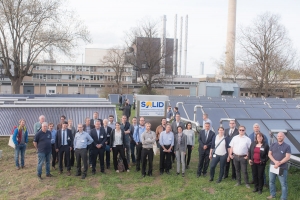
The second excursion lead to the community Eibiswald, where a 1 250 m² solar collector field and a 105 m³ heat storage have been supplementing the biomass heating plant since 1997. At that time the solar thermal system was able to cover 90% of the local heating network’s demand in summer. By adding new customers the yearly heating demand increased to 8 GWh in 2012 and the network grew to 10 000 m in length. This is why an additional 1 200 m² of solar thermal and a 70 m³ buffer storage were installed. The solar fraction is now 12%. The majority of the heating demand is covered by two woodchip boilers with 2.3 MW and 0.7 MW capacity. Thanks to the solar thermal plant the boilers can be taken out of operation entirely during the summer. According to Christian Fink ‘this is a very common combination of two renewables in rural areas in Austria’.
In total there are about 35 MWth (ca. 50 000 m² of collector area) of solar thermal feeding into district heating systems in the region around Graz and in Styria. The city of Graz is planning to completely decarbonise its heat supply in the medium term and has chosen solar thermal to be one of the main technologies in order to achieve this. In its final expansion stage the plant ‘BIG SOLAR Graz’ will provide 20% of the district heating demand and will entirely heat about 4 400 buildings.
Growing market in Germany
There is also progress in Germany. There are about 25 large-scale solar thermal plants with integration into district heating in operation. More systems with a total capacity of ca. 40 MWth are in the planning and preparation stage. Currently the strongest market segment is made up of energy villages (‘Energiedörfer’); five plants are going to start operating this year in Randegg and Liggeringen (both in Baden-Wuerttemberg), Mengsberg (Hesse), Ellern (Rhineland-Palatinate) and Breklum (Schleswig-Holstein).
Utilities in urban areas are also actively involved, as is evident by the biggest network-integrated solar thermal plant in Germany in Senftenberg in Brandenburg and a new pilot plant by the municipal utility in Duesseldorf. Pauschinger says that ‘we expect the collector area of large-scale systems in Germany to double within the next years. The majority of the currently planned systems are in the segment of urban district heating’.
Denmark, however, is still way ahead. By now there are more than 110 systems with about 700 MW of thermal capacity. The reason why Denmark was able to take the leading position lies also with the political and infrastructural circumstances. On the one hand there are high taxes on fossil fuels like oil and gas. On the other hand district heating is very widely spread in Denmark.
The Danish examples show very clearly how renewable energy and CHP can be combined in a ‘smart’ way on a local scale by deploying large heat storage units. They allow CHP plants and power-to-heat systems to operate optimally.
A new generation in district heating
The above mentioned project examples show trends. Christian Maaß, director of the Hamburg Institute, says the ‘new generation in district heating’ has begun. ‘District heating networks will be the platform for different heat sources: solar thermal, biomass, industrial waste heat, waste incineration, geothermal and heat pumps’.
Simona Weisleder from the Hamburg Institute demonstrated that there are various options for installing solar thermal collectors. She pointed out that there is a lack of willingness to provide agricultural land for large-scale solar thermal plants and presented alternatives. At the ‘Energy Bunker’ in Hamburg-Wilhemsburg, for example, the solar collectors are mounted on an old bunker. They can also be installed on car park buildings, greenhouses, industrial or multifamily buildings, decommissioned landfills, next to wastewater treatment plants and on noise protection walls. Other options include installations along streets or elevated above agricultural land, a concept already being tested in so-called agro-photovoltaic systems, for example. She reported that ‘during workshops we identified a huge interest in win-win solutions’. Participating representatives of state institutions from Styria, Thuringia and the French Auvergne-Rhone-Alpes region presented their initiatives for improving the legal framework in this matter as well as for making land more readily available for renewable energy.
The bottom line of the conference was that the technology is ready to be used today. The speakers in the final discussion round called for a stronger political commitment to introduce policies for reducing CO2 emissions. Considering that the prices for fossil energy sources are very low, incentives are necessary to make renewable energy more attractive. One option could be a CO2 tax. In closing, Maaß called upon the industry to remain confident and implement projects despite the less than ideal political circumstances. ‘We have all the good reasons on our side.’
Pictures: Energie Graz (HELIOS), Guido Bröer (Fernheizwerk Puchstraße)
